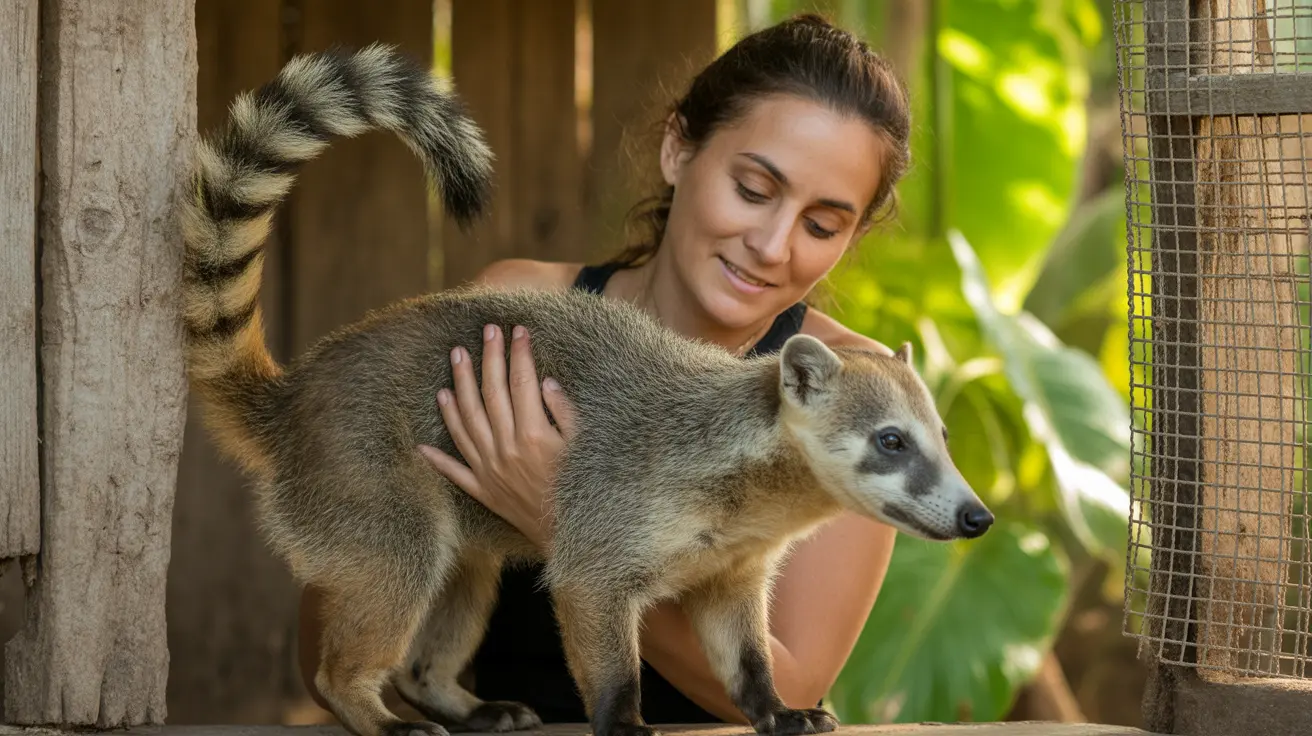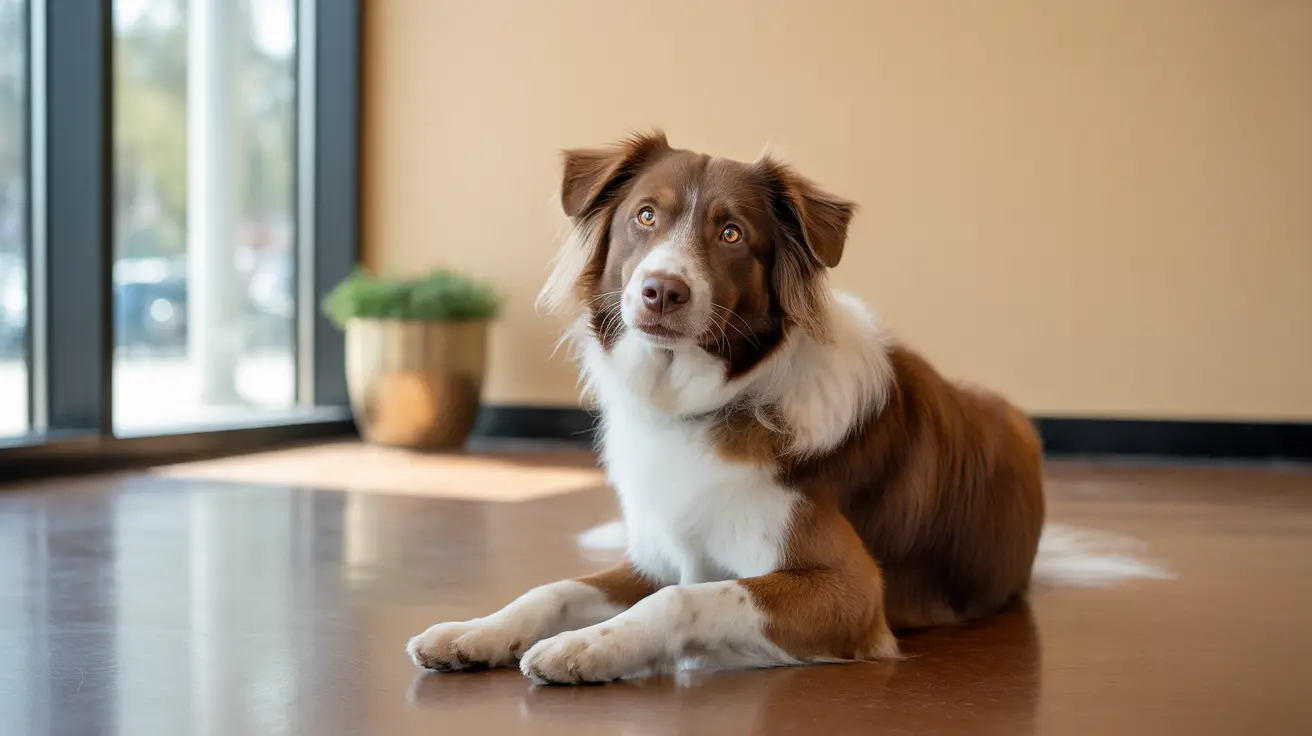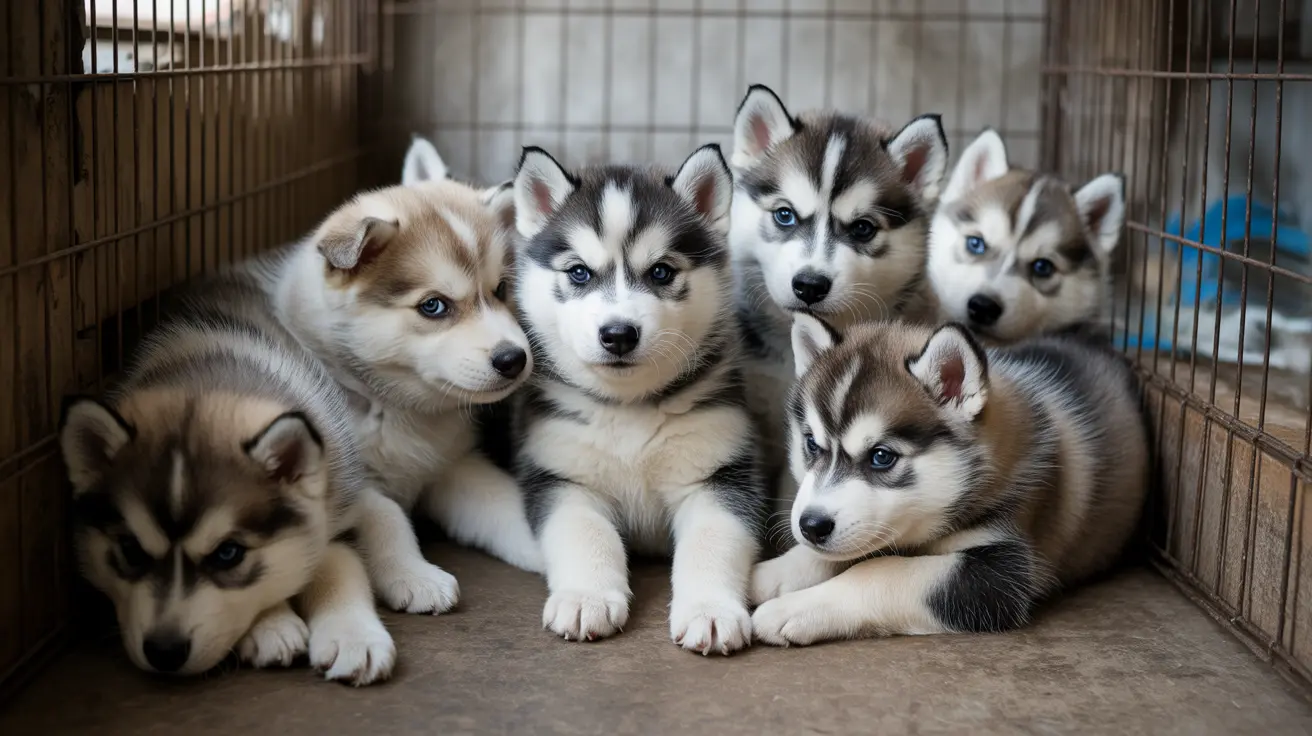Making the decision about when your dog should transition from crate sleeping to free roaming is a significant milestone in pet ownership. While there's no universal age that applies to all dogs, understanding the key factors that determine readiness can help you make an informed decision for your furry friend.
This comprehensive guide will help you determine when your dog is ready to graduate from their crate and how to make this important transition successfully.
Understanding Age and Maturity Factors
Most dogs can begin transitioning away from crate sleeping between 6 to 12 months of age. However, this timeline isn't set in stone. Some dogs may be ready as early as 6 months, while others might need crate sleeping well into their second year.
The key is to focus on behavioral maturity rather than physical age. A well-behaved 8-month-old dog might be ready for freedom, while a particularly energetic 2-year-old might still benefit from crate sleeping.
Signs Your Dog is Ready for Crate-Free Sleeping
Behavioral Indicators
Look for these positive signs that suggest your dog might be ready to sleep outside their crate:
- Consistent house training success
- No destructive chewing behaviors
- Ability to remain calm when left alone
- Good impulse control
- Reliable response to basic commands
Testing Readiness
Before making the full transition, conduct some trial runs:
- Start with short periods of supervised freedom
- Gradually increase unsupervised time
- Monitor behavior during daytime freedom first
- Watch for signs of anxiety or destructive tendencies
Making the Transition Successfully
Preparation Steps
Set your dog up for success by properly preparing their environment:
- Remove potential hazards and temptations
- Create a designated sleeping area
- Maintain their regular bedtime routine
- Keep the crate accessible as a safe space
- Dog-proof any rooms they'll have access to
Gradual Implementation
Take a methodical approach to the transition:
- Begin with daytime freedom while you're home
- Progress to short periods while you're away
- Try one night without the crate
- Extend freedom gradually based on success
When to Delay the Transition
Some situations warrant continuing crate use:
- Persistent destructive behaviors
- Ongoing house training issues
- Signs of anxiety when left alone
- Recent changes in household routine
- Medical conditions requiring restricted movement
Frequently Asked Questions
Until what age is it recommended to keep a dog sleeping in a crate?
While most dogs can transition between 6-12 months, some may need crate sleeping up to 2 years or longer, depending on their maturity and behavior. There's no fixed age—it's more about your dog's individual development.
How can I tell if my dog is ready to sleep outside the crate?
Key indicators include reliable house training, no destructive chewing, calm behavior when left alone, and the ability to follow basic commands. Your dog should also show good impulse control and self-regulation.
What are the signs that my dog still needs to sleep in a crate?
Signs include destructive behavior, house training accidents, anxiety when left alone, getting into trash or dangerous items, and inability to settle down at bedtime.
How do I gradually transition my dog from crate sleeping to free sleeping?
Start with short periods of supervised freedom during the day, then progress to longer periods. Once successful, try one night without the crate, maintaining the same bedtime routine. Monitor behavior and adjust accordingly.
Can adult or senior dogs benefit from sleeping in a crate, and when might it be necessary?
Yes, adult and senior dogs may benefit from crate sleeping during times of stress, after surgery, when traveling, or if they show anxiety. Some dogs prefer their crate as a safe space throughout their lives.
Conclusion
Remember that transitioning from crate sleeping is a personal journey for each dog. Focus on your pet's individual needs and behaviors rather than adhering to strict age guidelines. With patience and proper preparation, most dogs can successfully make the switch to sleeping outside their crate when they're truly ready.






